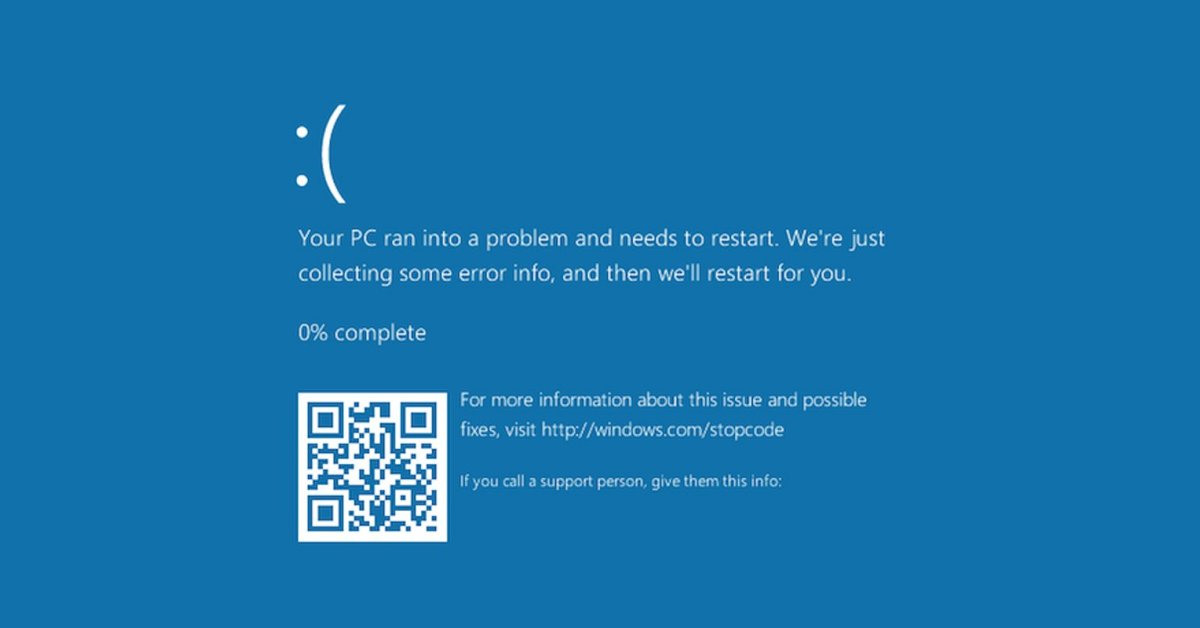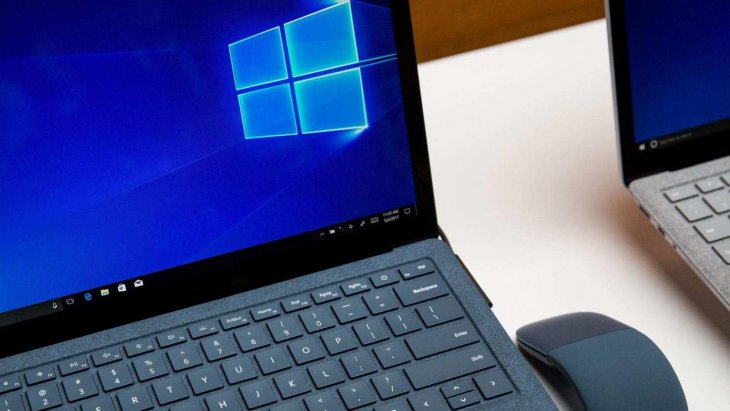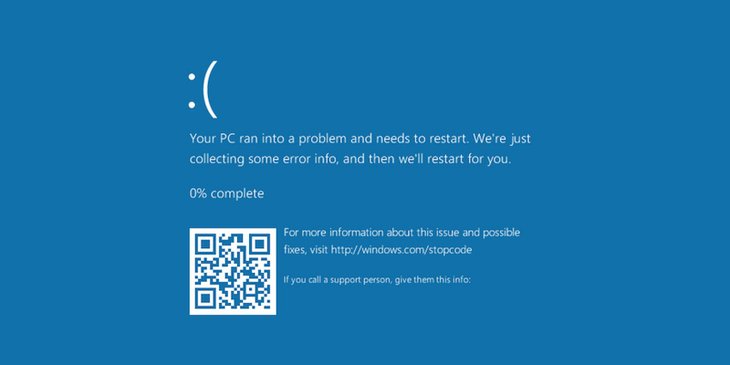Don't Input This Link In Your Browser Or Your PC Will Crash Immediately
Dhir Acharya - Jan 21, 2021

If you want to root your Windows 10 folders, remember not to input this file path on your browser: \\.\globalroot\device\condrv\kernelconnect.
- Windows 11 is Now the Most Popular Desktop OS in the World
- What Is Runtime Broker And What Does It Do? Simple Explanation
- A Simple Tool To Optimize Your Gaming Sessions: Game Mode In Windows 10
If you want to root your Windows 10 folders, remember not to input this file path on your browser: \\.\globalroot\device\condrv\kernelconnect.
Once you do, it will crash your PC immediately and show the blue screen of death which your computer may not be able to recover from. So, don’t do it!
Tom’s Guide reported that the bug was found recently by a Windows security researcher, who has been tweeting about the problem since October last year. The researcher, Jonas Lykkegaard, said that when the path is opened in Windows 10 no matter if users have administrative privileges or not. The system cannot properly check for errors when attempting to connect to this path, which leads to a BSOD crash.

Apart from developers, a regular user of Windows 10 doesn’t have any reason to dig around in the system’s root folders. Especially, no one will get to the kernel level of Windows, which is a crucial program allowing the system to function, control everyday processes such as running drivers, and start/end programs. It connects the user to the hardware. But the bug still exists and don’t you forget that.
BleepingComputer and Tom’s Guide has sacrificed their own device to experiment with this bug. The experiment ended up with the computer stuck in an Automatic Repair boot loop. BleepingComputer did not reveal it the PC made it out alive but the bug is confirmed to remain present in Windows 10 from version 1709 onwards.
Hackers may take advantage of the bug to perform a denial of service attacks, which can shut down a PC or a network so users cannot access it. In this case, however, a hacker may not need to flood the system with requests like in a normal DoS attack. Instead, they just need to input the file path.

According to Lykkegaard, a hacker could trick a user into clicking on a link or downloading a Windows URL file that would take them to the path automatically and crash their computer.
A Microsoft spokesperson said:
“Microsoft has a customer commitment to investigate reported security issues and we will provide updates for impacted devices as soon as possible.”
So, the tech giant appears to have acknowledged the bug and is working on a fix, but it hasn’t said when a patch will be rolled out. In the meantime, don’t risk and input the file path.
>>> Here Are The Reasons Why Windows 10X Is Better Than Windows 10
Featured Stories

Features - Jul 01, 2025
What Are The Fastest Passenger Vehicles Ever Created?

Features - Jun 25, 2025
Japan Hydrogen Breakthrough: Scientists Crack the Clean Energy Code with...

ICT News - Jun 25, 2025
AI Intimidation Tactics: CEOs Turn Flawed Technology Into Employee Fear Machine

Review - Jun 25, 2025
Windows 11 Problems: Is Microsoft's "Best" OS Actually Getting Worse?

Features - Jun 22, 2025
Telegram Founder Pavel Durov Plans to Split $14 Billion Fortune Among 106 Children

ICT News - Jun 22, 2025
Neuralink Telepathy Chip Enables Quadriplegic Rob Greiner to Control Games with...

Features - Jun 21, 2025
This Over $100 Bottle Has Nothing But Fresh Air Inside

Features - Jun 18, 2025
Best Mobile VPN Apps for Gaming 2025: Complete Guide

Features - Jun 18, 2025
A Math Formula Tells Us How Long Everything Will Live

Features - Jun 16, 2025
Comments
Sort by Newest | Popular